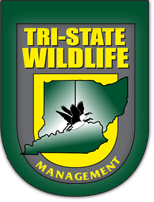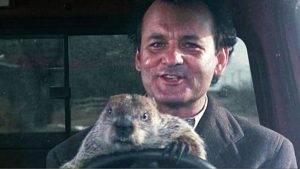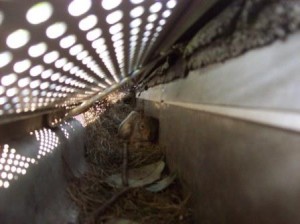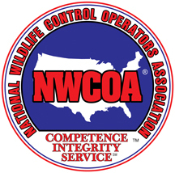Tri-State Wildlife Management – Protecting You, Your Property, and Your Investment
If you have a groundhog problem or have had one in the past year, now is the time to trap groundhogs and remove them. Groundhogs are difficult to trap in mid to late spring and early summer because trapping bait must compete with delicious, readily-available food from gardens, flowerbeds, yards, etc. Fresh food is much more enticing than bait in a trap which can never stay as fresh. At this time of year, a groundhog’s food sources are becoming more limited again, so we are more successful in luring them into a trap with bait.

Groundhogs/Woodchucks
Although pastures and open fields are favorite areas for groundhogs to den, it is not uncommon for them to burrow in urban areas under or alongside the foundation of houses and buildings. The main entrance to their burrow is evident by the pile of soft, powdery dirt next to the entrance. Secondary entrances are sometimes difficult to locate because they lack this pile of dirt. Each opening is about 10 inches in diameter. The groundhog’s range is surprisingly close, averaging 50-150 feet from its den. However, males may travel long distances while looking for a mate, and these males have even been seen traveling at night.
Groundhogs become a nuisance when they excavate next to foundations or under buildings. Their eating habits do not typically conflict with humans; however, gnawing on underground power cables or electric lines causes power outages. The only way homeowners can discourage groundhogs from digging in their yard is to trap and remove all groundhogs in the area.
Groundhogs are found throughout much of the eastern portion of the United States, most of Canada and into Alaska. They enjoy activity during the day, especially warm, sunny afternoons in the spring and fall. They can often be found sunning themselves in an open field, or on a wall or fence. The groundhog has a solid, stocky body and very strong legs. Its front feet have long claws suited for digging burrows. Its fur is very coarse, and mostly brown in color. The groundhog is a member of the squirrel family; however, unlike squirrels, groundhogs fall into a deep state of hibernation during the winter months. Because groundhogs’ eyes, ears, and nose are located toward the top of their head, they can check for danger while remaining in their burrow. Groundhogs are herbivores and favorite foods are grasses (especially alfalfa and clover), vegetables and fruit. They enjoy feeding in the early morning and late afternoon.
Tri-State Wildlife Management is fully insured, and we stand behind all of our work.
Groundhog Removal Alexandria, KY: Are groundhogs digging in your yard or eating from your garden? For groundhog removal and exclusion, call Tri-State Wildlife Management at 635-0037!
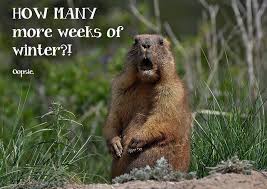 The Greater Cincinnati Area is experiencing one of the coldest weeks in recent history, and is headed for an unseasonably warm spell in just a few days. Right in the middle of this weather hiatus is Groundhogs Day. This time honored tradition is celebrated every year in the United States and Canada on February 2nd. The Lure states that if a groundhog sees its shadow upon exiting their burrow that it will retreat back to their burrow and there will be six more weeks of winter. If the groundhog on the other hand does not see its shadow spring will arrive early.
The Greater Cincinnati Area is experiencing one of the coldest weeks in recent history, and is headed for an unseasonably warm spell in just a few days. Right in the middle of this weather hiatus is Groundhogs Day. This time honored tradition is celebrated every year in the United States and Canada on February 2nd. The Lure states that if a groundhog sees its shadow upon exiting their burrow that it will retreat back to their burrow and there will be six more weeks of winter. If the groundhog on the other hand does not see its shadow spring will arrive early.